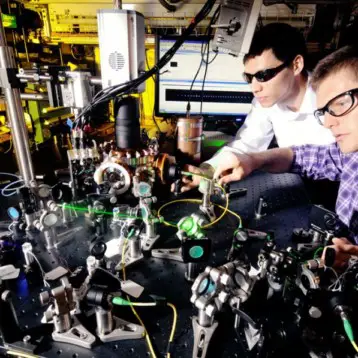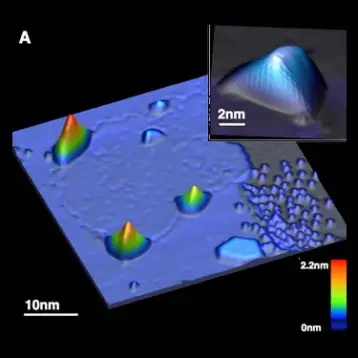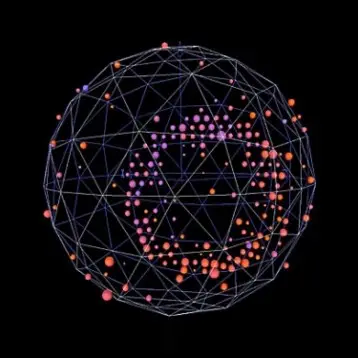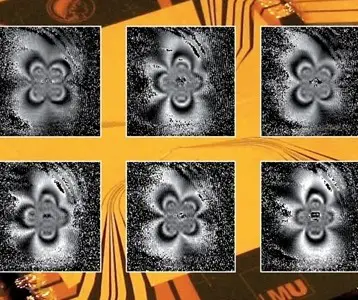Data is stored on a hard drives in the form of microscopic ferromagnetic particles which are magnetized in one of two different directions, each corresponds to the binary value 1 or 0. A read-write head scans the disk and registers the magnetic changes according to the current state of the drive. One of the main challenges in this structuring is the density-accuracy tradeoff. The smaller and more compact the hard drive, the smaller and weaker the individual ferromagnetic areas on which data is stored as the magnetic field of each bit becomes weaker and harder to read or change (write). Therefore, in order to “pack” the data more densely, more sensitive read-write heads are required.
In a GMR based system, very weak magnetic changes can still be picked up by the read-write head and the effect, discovered in 1988, is now a powerful tool for reading data from hard drives when information registered magnetically has to be converted to electric current. The different strengths of the current represent the ones and zeros, which are then translated into all types of data, ranging from music and videos to text documents. Shortly after the first read-write head based on the GMR effect was introduced in 1997, the technique became a worldwide standard. In fact, even the most recent read-write heads currently on the market are advanced variations based on GMR effect.
The capacity of modern hard drives has soared to hundreds of Gigabytes and more in the past several years, and GMR is often considered to be both the cause and one of the first real applications of nanotechnology. Further advancements in this field are promising to create structures consisting of layers that are only a few atoms thick based on different materials. GMR may be the first step to the development of a completely new type of electronics, dubbed spintronics. This technology uses the electron’s spin, not only its electrical charge, and recent progress in nanotechnology has allowed research and development in this field which might lead to even more advanced data storage technologies than currently in existence.
Looking at the history of Nobel Prizes in physics it is interesting to note that between 1901 and 2004 only about 10% of the prizes were awarded to either technological developments or research with direct applications (such as the radio in 1909, the transistor in 1956 and the atomic clock in 1989). However at least 49% of work which lead to the 117 different Nobel Prizes in physics awarded until 2004 resulted in at least some sort of technological application. This analysis, part of an academic study conducted by Iddo Genuth, TFOT editor in chief, also looked at several examples of Nobel Prizes in physics which were given to pure research or research in fields which have yet to lead to any sort of useful application (such as the award for the discovery of the cosmic background radiation in 1978, the 1988 award for the discovery of the muon neutrino and the 1995 award for the discovery of the tau lepton).
TFOT also covered the 2006 Nobel Prize in physics. More information on the 2007 Nobel Prize in physics can be found on the official website of the Nobel Foundation.
For further discussion of the 2007 Nobel Prize in physics see the TFOT forums.










